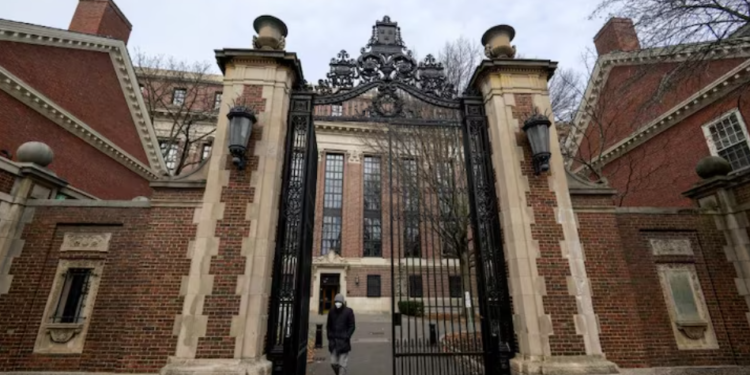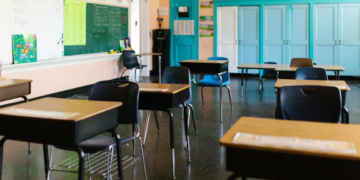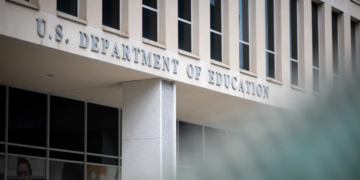“An individual strolls through Harvard Yard at Harvard University in Cambridge, Massachusetts, U.S., on December 7, 2023. REUTERS/Faith Ninivaggi/File Photo. Purchase Licensing Rights.”
Sep 11, 2024 Story by: Editor
Harvard University has reported a significant drop in the percentage of Black students in its freshman class following a pivotal U.S. Supreme Court decision, which prohibited colleges from considering race in admissions. According to data released on Wednesday, the Class of 2028 is 14% Black, a sharp decline from 18% last year. Meanwhile, the proportion of Hispanic students increased slightly from 14% to 16%.
This drop follows Harvard’s role as one of the two defendants in the 2023 Supreme Court case, alongside the University of North Carolina. Both institutions argued that racial diversity enhanced the overall educational experience for students. However, the conservative-majority court ruled that factoring in race—commonly referred to as affirmative action—constituted discrimination.
Many higher education institutions had cautioned that eliminating race as a consideration, a practice they had employed for decades, would likely lead to reduced minority enrollment. Early data from some selective schools present a mixed outcome for the first class admitted under the new ruling. While universities such as Yale and Princeton have seen little change in their Black and Hispanic student populations, others have experienced considerable declines.
At the Massachusetts Institute of Technology (MIT), the percentage of Black, Hispanic, Native American, or Pacific Islander students in its freshman class fell to 16%, down from an average of 31% over the past four years. Brown University witnessed a drop in Black student enrollment from 15% to 9%, while Hispanic students decreased from 14% to 10%. Amherst College, one of the nation’s premier liberal arts schools, reported that only 3% of its incoming class is Black, compared with 11% last year.
The lawsuit against Harvard had also claimed that the university was favoring certain minority groups over Asian American applicants. Harvard reported that the percentage of Asian American students in its freshman class remained steady at 37%.
In response to the ruling, many schools have intensified recruitment efforts, removed application barriers, and implemented changes aimed at enhancing diversity. Some advocates are pushing state legislatures to introduce bills banning legacy admissions. Harvard stated that it had sent admissions officers to over 150 cities and joined a consortium of universities focused on expanding outreach in rural areas.
“The change in law did not change our fundamental commitments,” said Hopi Hoekstra, the dean of the Faculty of Arts and Sciences, in a letter to colleagues. “We will continue to work tirelessly to pull down barriers to a Harvard education, and, in compliance with the law, to deepen even further our commitment to broad-based diversity.” Source: Reuters

















